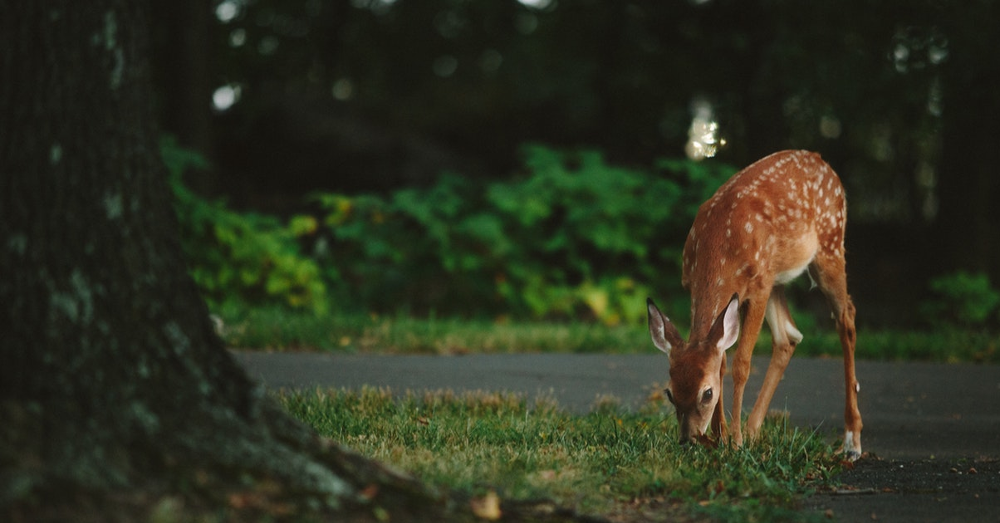
CWD: Is ‘Mad Cow Disease’ In Deer A Threat To Humans?
New cases of CWD, chronic wasting disease, have been detected in deer in Missouri and Arkansas. This is concerning because CWD is very similar to "mad cow disease."
January 10, 2018 | Source: American Council on Science and Health | by Alex Berezow
New cases of CWD, chronic wasting disease, have been detected in deer in Missouri and Arkansas. This is concerning because CWD is very similar to “mad cow disease.”
During the 1990s, an outbreak of mad cow disease (formally known as bovine spongiform encephalopathy) in the UK sent the world into a panic. The outbreak was responsible for killing more than 200 people worldwide, and 4.5 million cattle were euthanized.
Undoubtedly, our food supply is much safer today. The outbreak was due to farmers chopping up unwanted cow parts and feeding them to other cows, spreading the infectious agent from cow to cow and eventually to humans. In 1997, the FDA largely banned this practice. Therefore, an outbreak of mad cow disease from beef should not happen again.
But there are no such safety measures in place for people who consume deer sausage, venison, or any other meat that comes from cervids (i.e., deer, elk, and moose). Concernedly, CWD is spreading among these animals all across the United States.
Chronic Wasting Disease (CWD) in Deer, Elk, and Moose
Like mad cow disease, CWD is caused by an infectious agent known as a prion. Prions are normal proteins found in the brain and nervous tissue that go rogue. For proteins to function properly, they need to be folded in very precise ways. Prions are misfolded. Worse, instead of being destroyed and recycled by the cell — the typical fate of misfolded proteins — prions resist degradation and cause other normal prion proteins to misfold. A slow chain reaction occurs in the brain over the course of many years, leading to neurodegenerative disease and death.
Why does the prion protein exist at all? That’s an open question. Prion exists in the brains of all types of animals, including mammals, birds, and reptiles, but its function is not well understood. Mice that don’t have prion have some health problems and act a little strangely, but goats and cattle that are missing prion appear just fine*.
